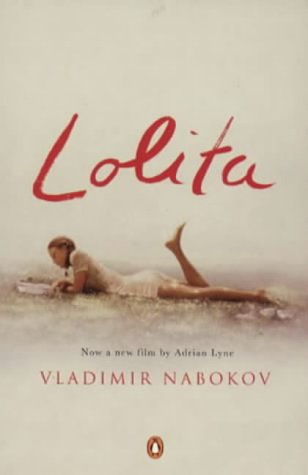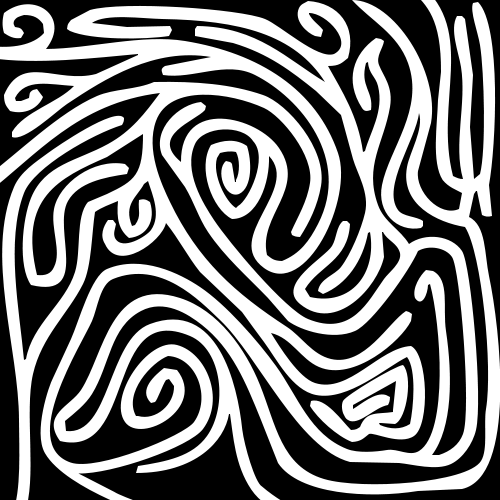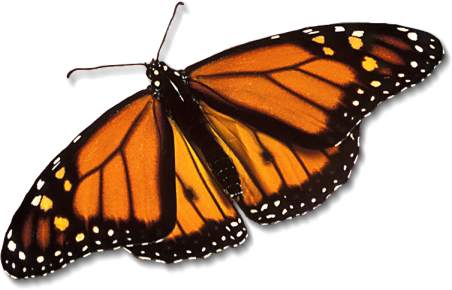
Finding a worthy discovery wasn't very hard. Discoveries, known to other readers (or even Nabokov himself!) occur throughout the book in such quantities that it would be almost impossible not to discover something! As I am very intrigued by the chess game nature of Lolita I decided to take a look at one of the coincidentally named minor characters-- Kenneth Knight.
To begin the search for discovery I investigated the infamous class list. Low and behold, Kenneth Knight appears as such in the list...
Hamilton, Mary Rose
Haze, Dolores
Honeck, Rosaline
Knight, Kenneth
"Aha!" (the reaction that the observant reader knowledgeable of chess moves should have) For Knight to "take" Dolores/ Lolita/ the Queen as H.H. refers to her later in the book, he must move up two words and over one-- the formation in which the Knight moves. It seems that Nabokov, an avid chess player, very possibly would intentionally put this small, yet notable, nugget for the reader to discover inside his intricately laced text.
Exploring Kenneth Knight further I found an interesting link for the whole class list. This author shed some interesting light on possible who Kenneth Knight could depict. "Both the first and the last names once again (cf. Glave, Mabel) evoke medieval associations: Kenneth Mac Alpin (ninth century) was the first king of the Picts and Scots, who distinguished himself in his military exploits against the Vikings and the English. Kenneth is mentioned in "Berchan's prophecy," which alleged that he "by force of his strength [...] would reign in the east after using ther strength of spears and of swords." In the novel, the medieval Kenneth's prowess and military exploits are travestied in his namesake's "exhibit[ing] himself wherever and whenever he had a chance (137) and in his 'propell[ing] the Ramsdale Journal with a very precise thud on the porch" (54). In addition, the surname of course alludes to nabokov's first English novel, "The Real Life of Sebastian Knight".

To follow up I did a quick check on Kenneth Mac Alpin. Interestingly enough, it appears that Kenneth Mac Alpin, according to weakipedia, has been posthumously dubbed as "The Conqueror", although, his status as a real conqueror is in debate. Referring back to the class list interpretation I posted above I was also very intrigued at how the author links the throwing of swords and spears to Kenneth Knight exposing himself and thrusting his masculinity about. For Nabokov, this would seem to be too Freudian I'm also drawn to the whole "King" novelty of this possible interpretation. I guess it could be possible that Nabokov could be critiquing Freud (although it seems Nabokov likes his attacks on Freud to be pretty open) through inserting this somewhat humorous image of a child exposing the phallus freely at will. Kenneth Knight as a parody of Freud???... possible.
While this understanding of Kenneth Knights name is very interesting it doesn't seem too likely to me that Nabokov intentionally put it into his text for the Kenneth Mac Alpin/ Freud reference. However, pursuing tricks and trails tethered throughout the text is a great way to practice being an observant reader.












